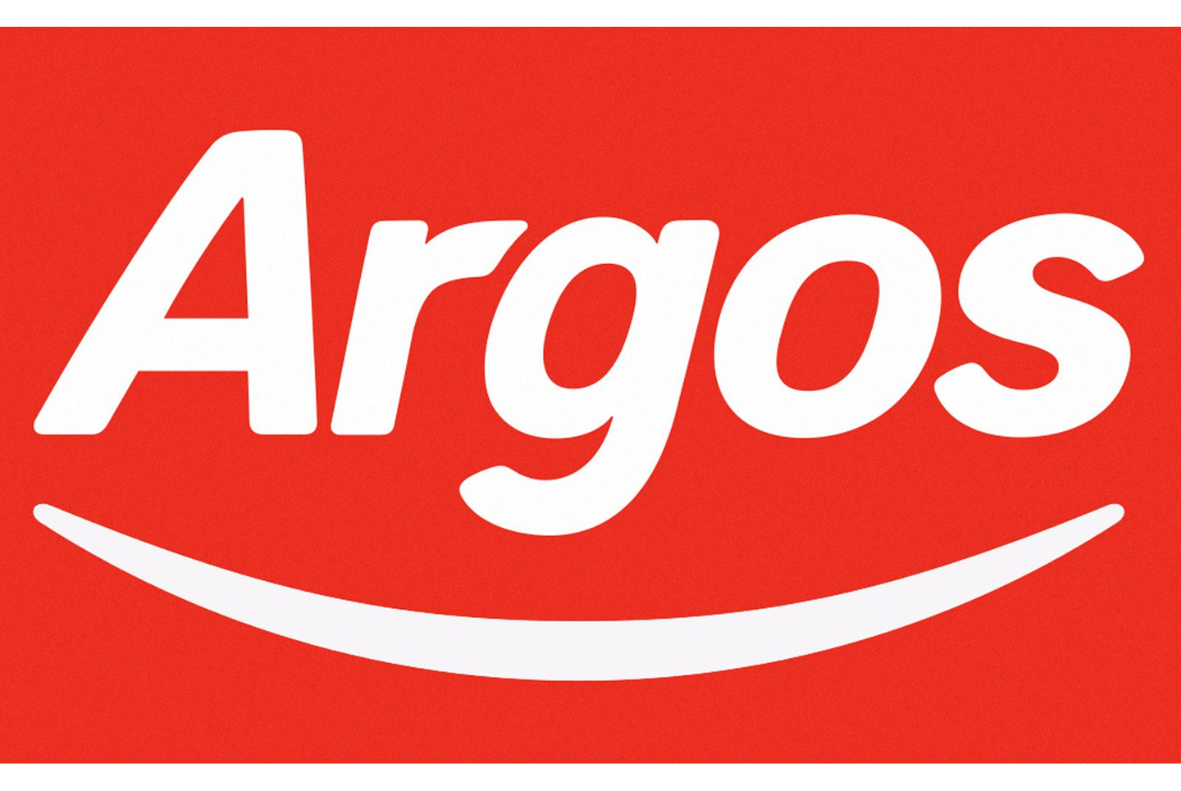Cheap Pet Insurance
- Compare 15 providers at once
- Prices from just £3.35* per month
- Top providers looking to help

Cheap Ocicat Cat Pet Insurance

The Ocicat is a striking breed with wild-looking spots that resemble those of an ocelot, but despite its appearance, it has no wild DNA. It’s a fully domestic breed, created by combining Siamese, Abyssinian, and later American Shorthair cats. This blend gave the Ocicat its distinctive spotted coat and athletic build while retaining the friendly temperament of a domestic cat.
The breed was first developed by accident in 1964 when breeder Virginia Daly, of Michigan, attempted to create an Abyssinian-pointed Siamese. The result was a spotted kitten named Tonga, whose wild look inspired Daly’s daughter to nickname him the "Ocicat" for his resemblance to the ocelot. Although Tonga was neutered and sold as a pet, further breeding of his parents produced more spotted kittens, leading to the establishment of a new breed.
Ocicats come in 12 registered colour/pattern combinations, falling into groups such as tawny, chocolate, cinnamon, and silver. However, any cream or red coloration disqualifies them from showing. The breed is known for its wild yet elegant appearance, with well-defined spots, a short satin-like coat, and an athletic, muscular body.
Ocicats were officially recognised by the Cat Fanciers’ Association (CFA) in 1966 and achieved championship status in 1987. Over time, breeders added American Shorthairs to introduce silver colouring and refine the breed’s spots and structure.
Despite their wild look, Ocicats are friendly, people-oriented cats. They are intelligent, easily trainable, and often compared to dogs for their loyalty and responsiveness to voice commands. Their social nature makes them excellent companions, especially in multi-pet households, but they may not enjoy being left alone for long periods.
Ocicats are easy to care for, requiring only occasional grooming to maintain their short coat. They are active and playful, making them fun companions who are always up for a game. With their growing popularity, Ocicats have captured the hearts of cat lovers, combining a wild aesthetic with a warm, affectionate personality.
Just some of the great pet insurance brands included









